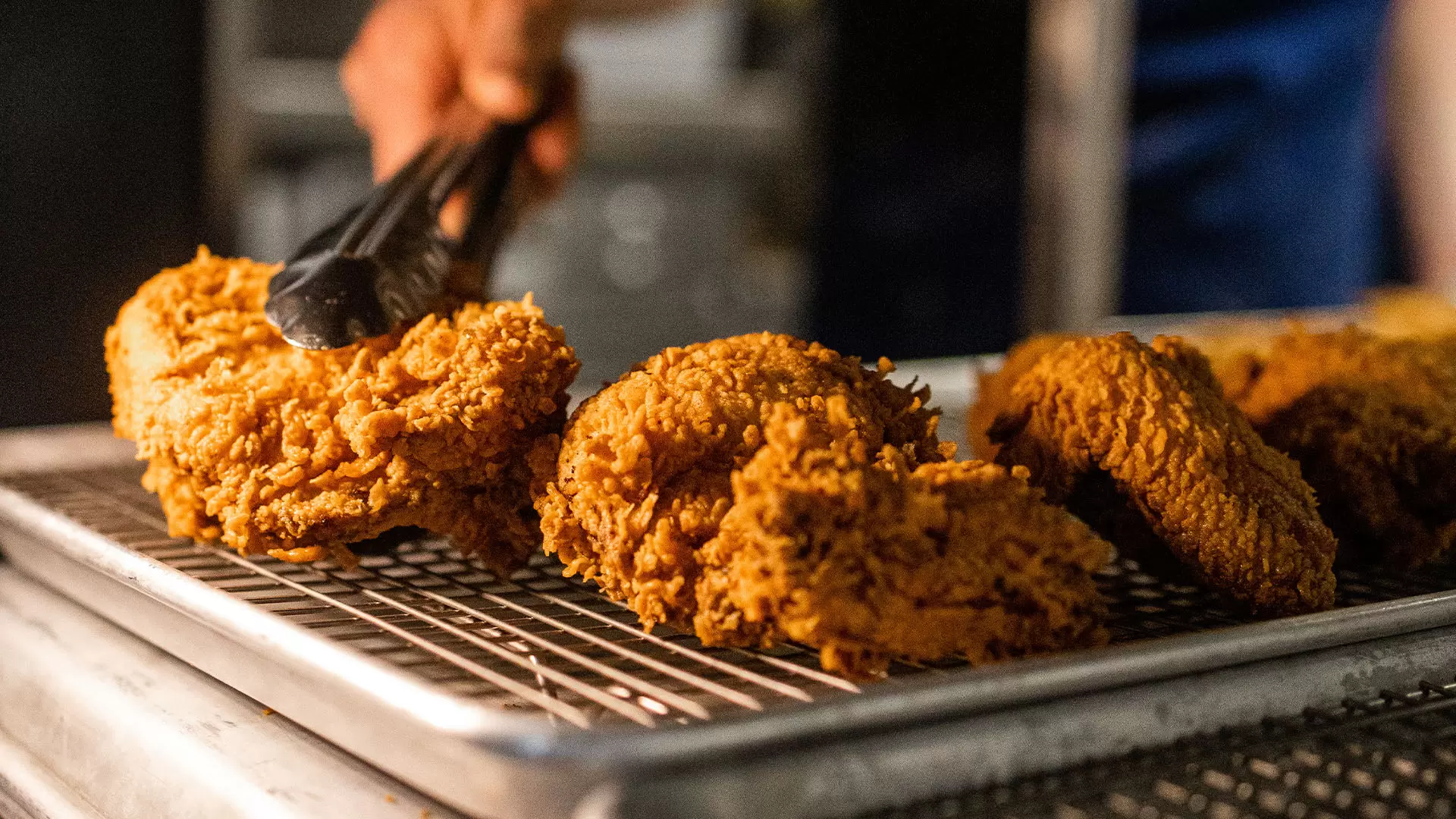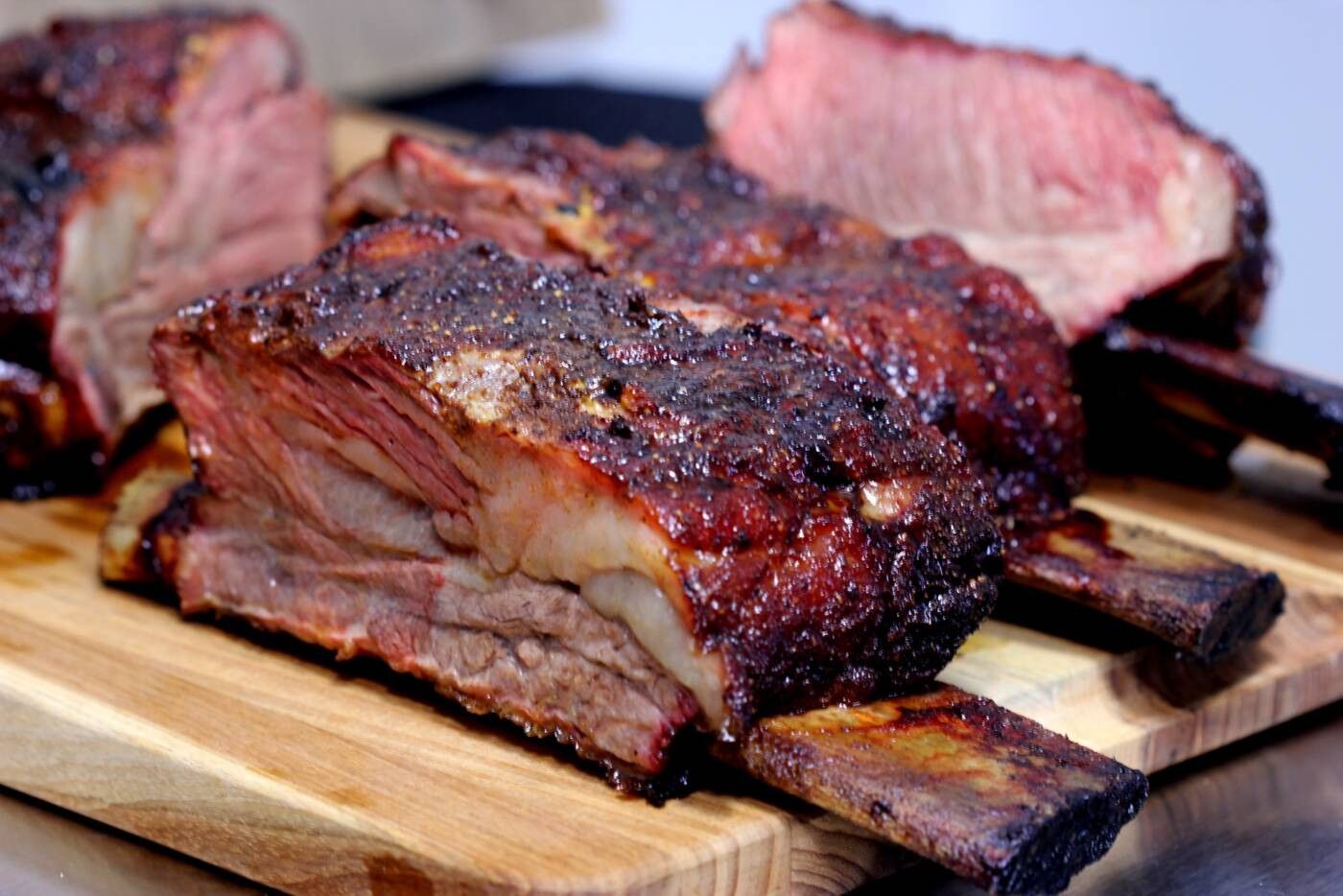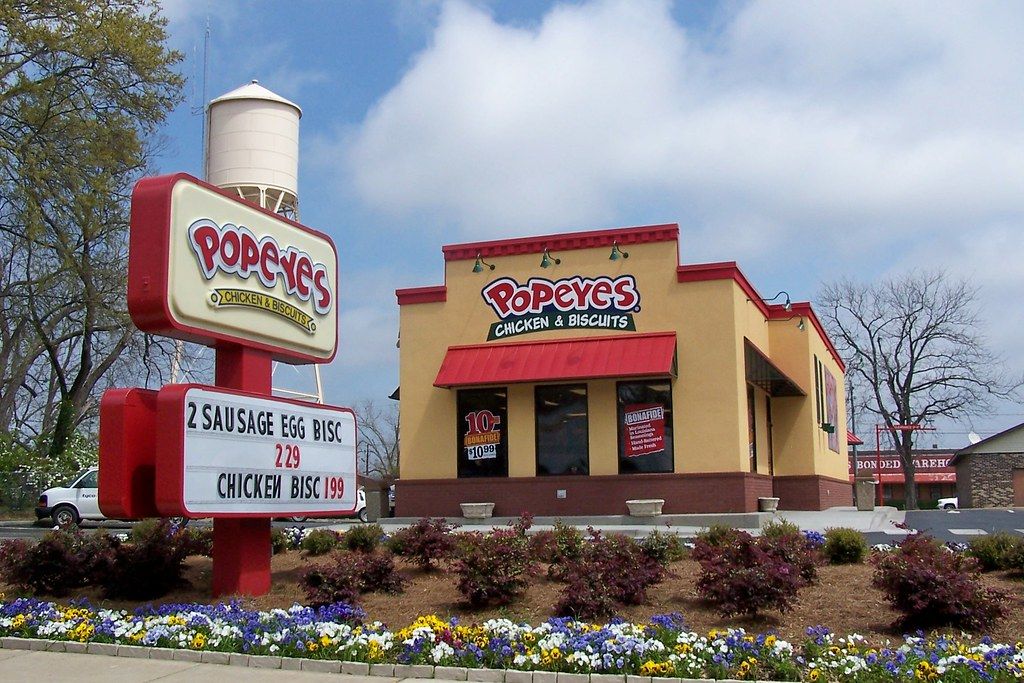
Decoding the Taste of Tequila: It's All About the Region
- Jul 7, 2025
The intoxicating notes in your favorite tequila are the product of a years-long process. They reveal the story of the Blue Weber agave - the cornerstone of every tequila bottle, which culminates its growth journey deeply impacted by the characteristics of the region in which it's planted. Much like how the terroir affects the vinification process, the geographical and geological factors in the native cultivation of agave shape the flavor of the final tequila.
The lion's share of tequila originates in the Mexican state of Jalisco, largely split into two prime regions of agave production - Los Altos (highlands) and El Valle (lowlands), or the Tequila Valley. These regions, although relatively close (around a three-hour drive, or roughly 120 miles), flaunt significant variances in altitude, soil composition, and climate, shares Alberto Navarro, CEO of Loco Tequila.
Assessing and appreciating the distinctions between highland and lowland tequilas can elevate your tasting experience. "Comparing differing tequilas side by side fortifies your palate and deepens your appreciation for tequila's diverse flavors," says Prairie Rose, Food & Wine's senior drinks editor.
One of the towering differences between these prime agave-growing regions is the soil. The occurrence of contrasting mineral content is so radical that even without a microscope the variances in each region’s soils are obvious. Within the same region, disparities in soil texture are remarkably noticeable. As seen in vineyards with same-brand grapes, the soil impacts agave growth and ultimately imprints on the final taste of the tequila.
Jesse Estes, global brand ambassador for Tequila Ocho, points out that highland soil is generally rich in minerals, particularly iron and clay, providing a dark red or rust-colored earth. Contrasting this, the Valley, thanks to a historical volcanic eruption, boasts grey-ochre, volcanic soil which is high in pH, explains David Alan of Patrón.
Their nearness doesn't dismiss the major geological differences between Los Altos and the Tequila Valley. Despite both regions enjoying a moderate semi-dry climate, subtle temperature and rainfall variations introduce distinctive microclimates. This is particularly instrumental as most agave fields in Jalisco aren't irrigated, making natural rainfall a significant determinant of agave growth.
Fluctuations in temperature between day and night, particularly in the high altitude Los Altos, tend to stress the plants, leading to a higher average sugar concentration as compared to the Tequila Valley, which enjoys more consistent temperatures.
Such environmental nuances distinctly impact tequila’s taste from both regions. Notably, tequilas made from agaves grown in the highlands are often characterized by sweet, tantalizing flavors. Navarro describes these as being typically floral and fruity, surrounded by subtle spice notes. On the other hand, valley tequilas, having grown in a mineral-rich environment, are typically robust, earthy, spicer, with a hint of vegetal taste, adds Estes.
While these general attributes guide our perception of flavors, Alan reminds us that the rules of tequila are not set in stone. Different distilleries can source agaves from across tequila's regions, giving rise to tequilas which may carry characteristics of both highland and valley regions, regardless of where a distillery is located.






